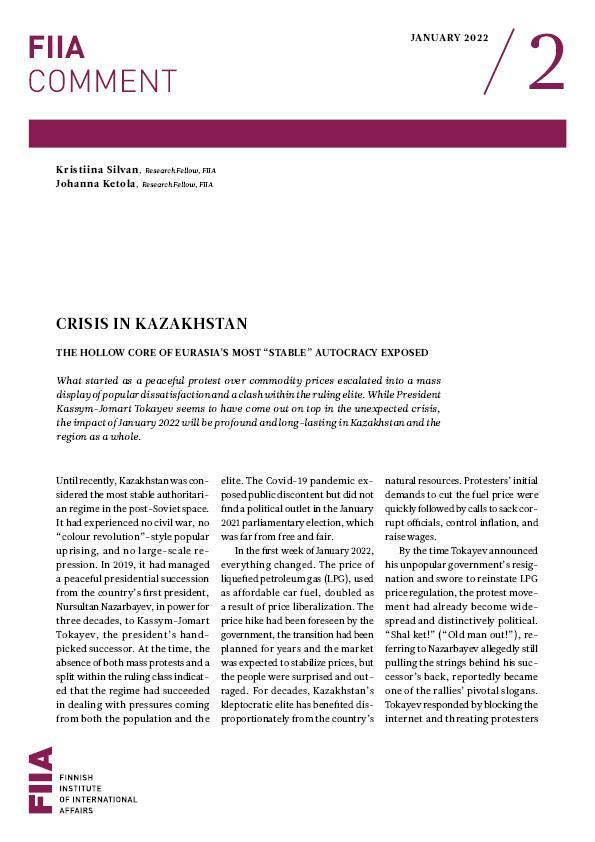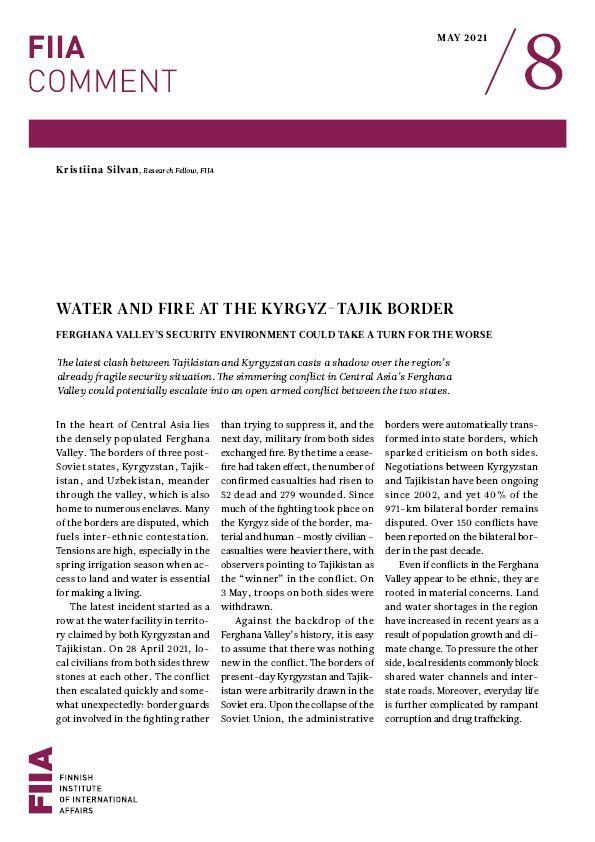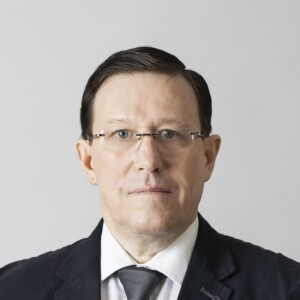What started as a peaceful protest over commodity prices escalated into a mass display of popular dissatisfaction and a clash within the ruling elite. While President Kassym-Jomart Tokayev seems to have come out on top in the unexpected crisis, the impact of January 2022 will be profound and long-lasting in Kazakhstan and the region as a whole.
Until recently, Kazakhstan was considered the most stable authoritarian regime in the post-Soviet space. It had experienced no civil war, no “colour revolution”-style popular uprising, and no large-scale repression. In 2019, it had managed a peaceful presidential succession from the country’s first president, Nursultan Nazarbayev, in power for three decades, to Kassym-Jomart Tokayev, the president’s hand-picked successor. At the time, the absence of both mass protests and a split within the ruling class indicated that the regime had succeeded in dealing with pressures coming from both the population and the elite. The Covid-19 pandemic exposed public discontent but did not find a political outlet in the January 2021 parliamentary election, which was far from free and fair.
In the first week of January 2022, everything changed. The price of liquefied petroleum gas (LPG), used as affordable car fuel, doubled as a result of price liberalization. The price hike had been foreseen by the government, the transition had been planned for years and the market was expected to stabilize prices, but the people were surprised and outraged. For decades, Kazakhstan’s kleptocratic elite has benefited disproportionately from the country’s natural resources. Protesters’ initial demands to cut the fuel price were quickly followed by calls to sack corrupt officials, control inflation, and raise wages.
By the time Tokayev announced his unpopular government’s resignation and swore to reinstate LPG price regulation, the protest movement had already become widespread and distinctively political. “Shal ket!” (“Old man out!”), referring to Nazarbayev allegedly still pulling the strings behind his successor’s back, reportedly became one of the rallies’ pivotal slogans. Tokayev responded by blocking the internet and threating protesters over their disturbance of public order.
Tokayev’s pleas failed to convince people, which was no surprise given his track record of unkept promises. After ascending to power in 2019, Kazakhstan’s new president had pledged to implement systemic reforms that would strengthen civil society, liberalize the political system, and construct a responsive “listening state”. But none of that had taken place.
Reports suggest that amidst the internet shutdown, the protests acquired a new character. In addition to peaceful protesters, the street rallies were joined by crowds looting, torching cars, occupying administrative buildings, and attacking the police. The appearance of some of the violent protesters was possibly orchestrated by organized crime groups linked to key members of the elite. However, as a result of the persisting information vacuum, there are still gaps and uncertainties about the course of events that took place simultaneously across the country.
Dividing lines emerged within the ruling elite, too. In his televised address on 5 January, Tokayev declared that he had assumed the leadership of Kazakhstan’s powerful Security Council from Nazarbayev. While it remains unclear whether the first president’s dismissal was a power grab by Tokayev or a jointly agreed gesture aimed at pacifying the protesters, the subsequent arrest of Karim Massimov, the influential head of the National Security Committee (KNB), spoke volumes about a shifting balance of power.
Up until January 2022, Tokayev had been considered a weak successor, equidistant from all of Kazakhstan’s elite factions, with no independent power base of his own. Tokayev’s public voice changed from that of a loyal former diplomat turned moderate reformer into that of a threatened autocrat. He promised to act “as tough as possible” and appealed to the Russia-led Collective Security Treaty Organization (CSTO) for its assistance in restoring order and overcoming attacks by foreign-trained bandits. He accused human rights activists and independent media of propelling the crisis, and justified the use of violence by tweeting: “In my basic view: no talk with the terrorists, we must kill them.” To date, dozens of people have reportedly died, and thousands have been arrested pending criminal charges.
Many aspects of the causes, consequences and sequencing of the Kazakhstani crisis are still to be uncovered. Yet one thing is clear: Kazakhstan’s authoritarian stability turned out to be as hollow as President Nazarbayev’s toppled statue in the city of Taldykorgan. To ensure a sustainable recovery from the crisis and remain in power, Tokayev must genuinely address people’s grievances while meeting the expectations of the competing kleptocratic elite that supports him – mission impossible.
As a CSTO “peacekeeping mission”, primarily composed of Russian troops, arrived in Kazakhstan, both peaceful and non-peaceful protests fizzled out. However, even if the operation were to be swift and efficient in stabilizing the situation and surveys have long indicated Kazakhstanis’ favourable attitude towards Russia, the mission can weaken rather than strengthen Tokayev’s legitimacy at home. After all, the plea for Moscow’s intervention made the president look like yet another post-Soviet autocrat violently crushing domestic dissent with Russia’s support. Brewing in this environment, the protest movement, albeit for now fragmented and defeated, could pose an even stronger challenge to the regime in the future.
The CSTO intervention seems to reflect Russia’s opportunistic foreign policy and its interest in maintaining authoritarian stability at home and in its neighbourhood. Most importantly, Russia gained new leverage not only in Kazakhstan but also in Eurasia at large, proving its regional clout to the United States and the European Union.







